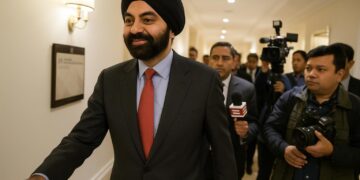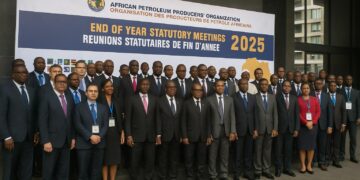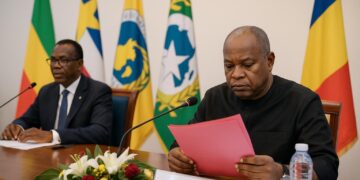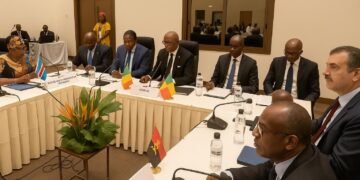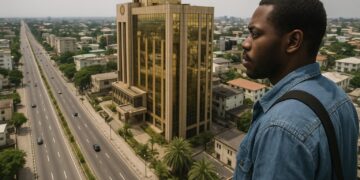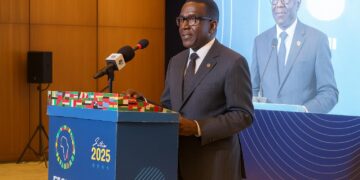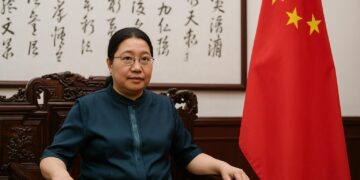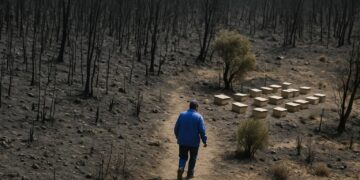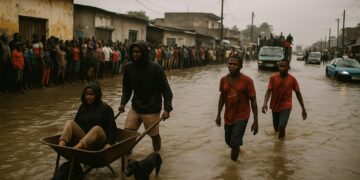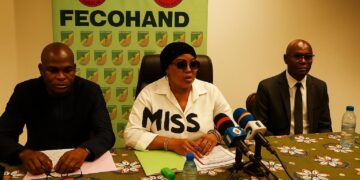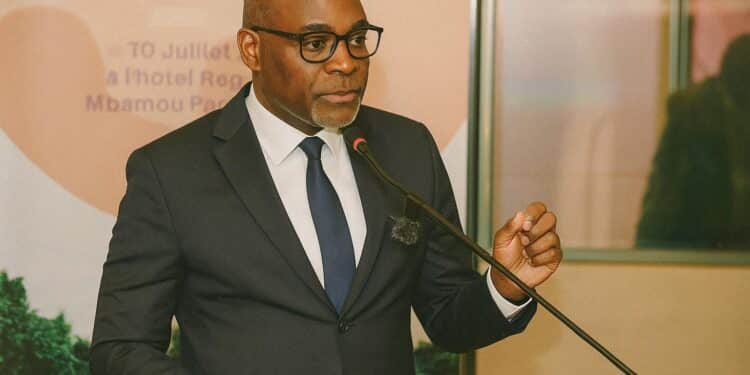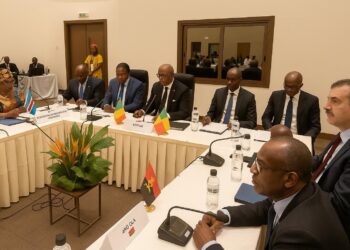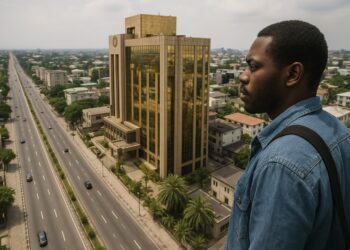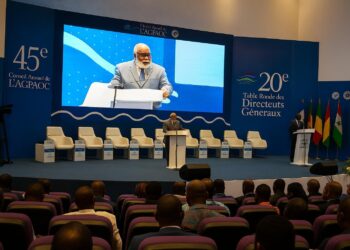A Measured Upswing in Brazzaville’s Indicators
Against a backdrop of subdued global demand, the Congolese National Economic and Financial Committee signalled in mid-July a modest yet tangible improvement in macroeconomic conditions during the opening quarter of 2025. Real output is now projected to expand by 1.8 per cent this year, up from 1.5 per cent in 2024, a trajectory broadly corroborated by preliminary computations of the Bank of Central African States. Diplomats tracking the region read this as a vindication of Brazzaville’s insistence on strategic oil reinvestment coupled with a recalibrated focus on agro-processing, construction materials and digital services, all of which helped cushion the economy against external volatility (BEAC quarterly note).
Oil Reinvestment and the Non-Oil Resilience Nexus
Petroleum remains the anchor of national revenue, yet current capital expenditure patterns reveal a subtle shift. According to energy officials, nearly sixty per cent of upstream earnings recorded in Q1 were rolled back into asset integrity work and marginal-field tie-ins, an allocation designed to secure plateau production while new acreage is tendered under revised fiscal terms (OPEC market update). The spill-over effects into logistics, civil engineering and local content provisions have kept non-oil gross value added in positive territory, reinforcing the government’s narrative that hydrocarbons can act as a catalyst for wider diversification rather than a constraint.
Inflation Edges Above the CEMAC Threshold
Price stability remains the principal caveat to the otherwise favourable tableau. Average inflation is now expected to reach 3.5 per cent, marginally above the CEMAC convergence ceiling of three per cent. Central bankers attribute the drift to higher freight charges on imported food staples and intermittent power-generation shortfalls that have raised production costs for urban SMEs. Yet the monetary authority stopped short of tightening its policy rate, opting instead for open-market fine-tuning and moral suasion so as not to stifle credit to the private sector at a nascent stage of recovery.
Financial Intermediation Shows Tentative Depth
Commercial bank lending expanded by 3.3 per cent year-on-year to reach 1 647 billion CFA francs at end-March. Significantly, non-performing exposures slid to 274.2 billion, a 1.3 per cent contraction that banking supervisors interpret as evidence of improving risk management, partly helped by a gradual resumption of government payments to contractors. Marcel Ondélé of the Central African Banking Commission pointed out during the session that the ratio of loans in arrears now hovers just below the regional average, a statistic that could pave the way for a more favourable sovereign outlook by rating agencies later in the year.
Treasury Securities Market Finds a Softer Equilibrium
On the sovereign funding front, the outstanding stock of Treasury bills and bonds stood at 2 528.14 billion CFA francs in April, a year-on-year increase of 6.9 per cent despite a 22.37 per cent drop in gross issuance needs during the first four months. Officials attribute this apparent paradox to improved cash-flow forecasting and the formalisation of a dialogue platform between the Treasury and its primary dealers, a mechanism welcomed by the CNEF for enhancing price discovery and investor confidence.
Synchronising with Regional Fiscal Prudence
Finance Minister Christian Yoka briefed participants on recent CEMAC directives aimed at safeguarding debt sustainability and aligning public investment with domestic revenue mobilisation. The guidelines emphasise expenditure efficiency rather than austerity, dovetailing with Brazzaville’s commitment to inclusive growth articulated in its 2023-2027 National Development Plan. International observers, including the IMF’s Central Africa mission, note that the country’s primary budget balance swung into surplus during Q1, offering ammunition for targeted social spending should exogenous shocks intensify (IMF capacity-development bulletin).
Steady Horizons, Yet No Room for Complacency
Taken together, the first-quarter metrics sketch a cautiously optimistic horizon for Congo-Brazzaville: firmer growth, healthier banking portfolios and a sovereign debt profile edging towards greater predictability. The containment of inflationary pressures, however, will demand calibrated vigilance, particularly if global energy prices rebound or supply chains tighten further. For now, the convergence of prudent monetary stewardship and disciplined fiscal management affords Brazzaville a window to press ahead with structural reforms that can entrench resilience beyond the commodity cycle.


